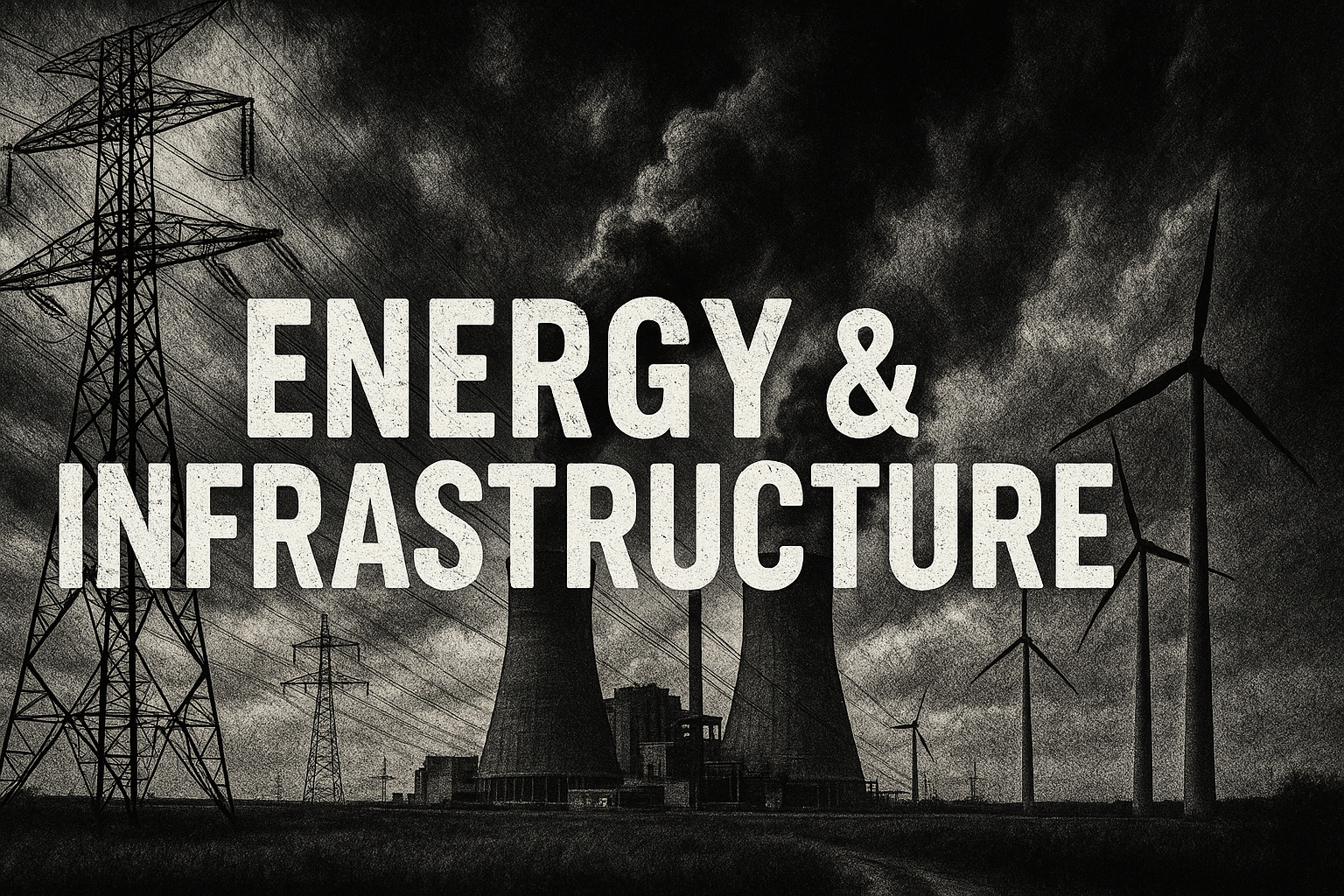U.S. and E.U. Reach Preliminary Trade Deal, Paving Way for $750 Billion Energy Purchase Agreement

The United States and the European Union have reached a preliminary trade deal, averting President Trump’s threatened 30% tariffs on E.U. goods. The agreement includes a 15% tariff on most E.U. imports, including automobiles, and a commitment by the E.U. to purchase $750 billion worth of American energy over three years.
The deal marks a significant reduction from the previously imposed 27.5% tariff on European autos, offering relief to automotive companies while still imposing costs on German carmakers, who estimate annual losses in the billions. Additionally, the E.U. has agreed to invest $600 billion in the U.S. economy.
Under the agreement, the E.U. will purchase $250 billion annually in U.S. oil, natural gas, and nuclear fuels. The U.S., which became the world’s largest LNG supplier in 2023, stands to solidify its position as Europe’s key energy supplier, replacing Russia. However, analysts question the feasibility of the E.U. meeting its purchase targets due to infrastructure constraints, contractual obligations with other suppliers, and the bloc’s climate goals.
The E.U. imported $440 billion in oil, natural gas, and coal last year, with only $76 billion sourced from the U.S. To meet the agreement’s requirements, the U.S. would need to nearly triple its energy exports to Europe. Challenges include limited LNG terminal capacity, European pipeline constraints, and the E.U.’s ambitious goal to reduce greenhouse gas emissions by 90% by 2040.
While the deal represents a strategic shift in transatlantic energy ties, its success hinges on overcoming significant logistical and regulatory hurdles, particularly amid global energy market dynamics and the E.U.’s focus on transitioning to non-carbon energy sources.
Published: 8/8/2025
















